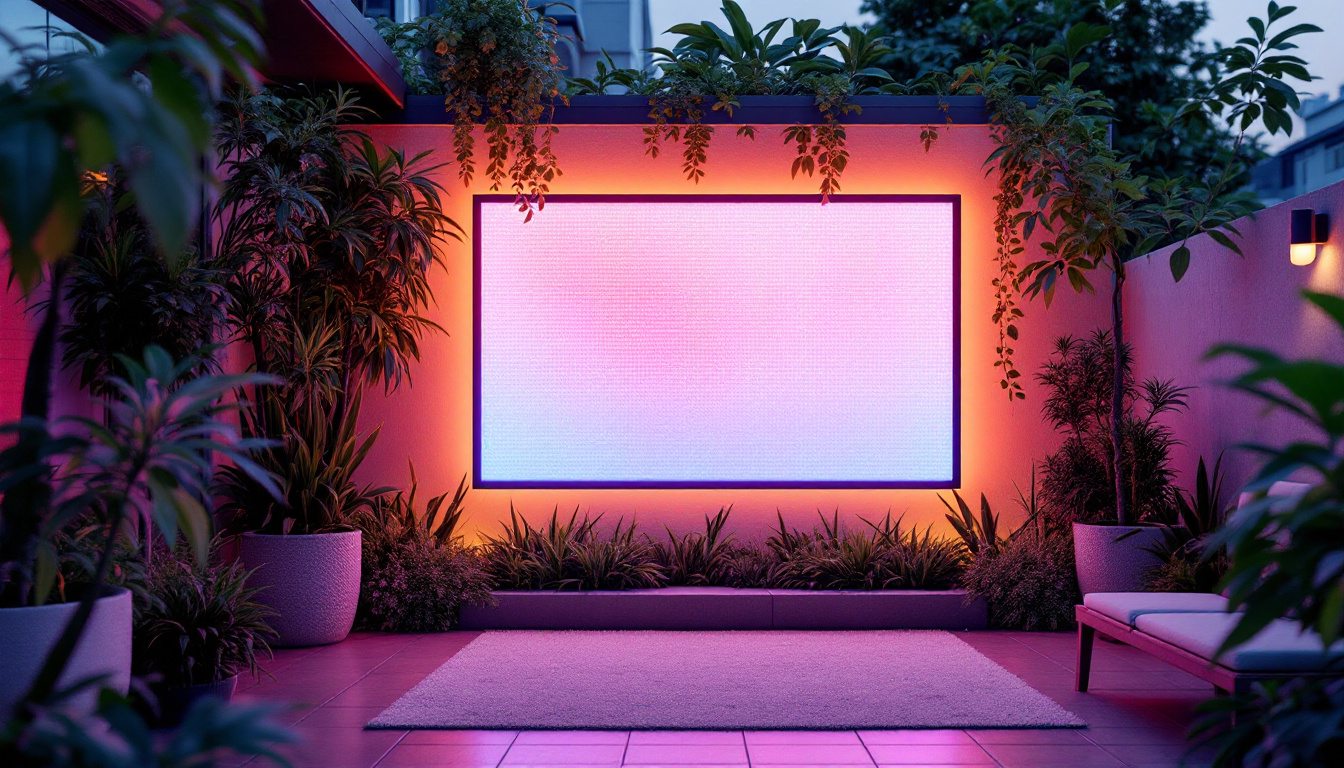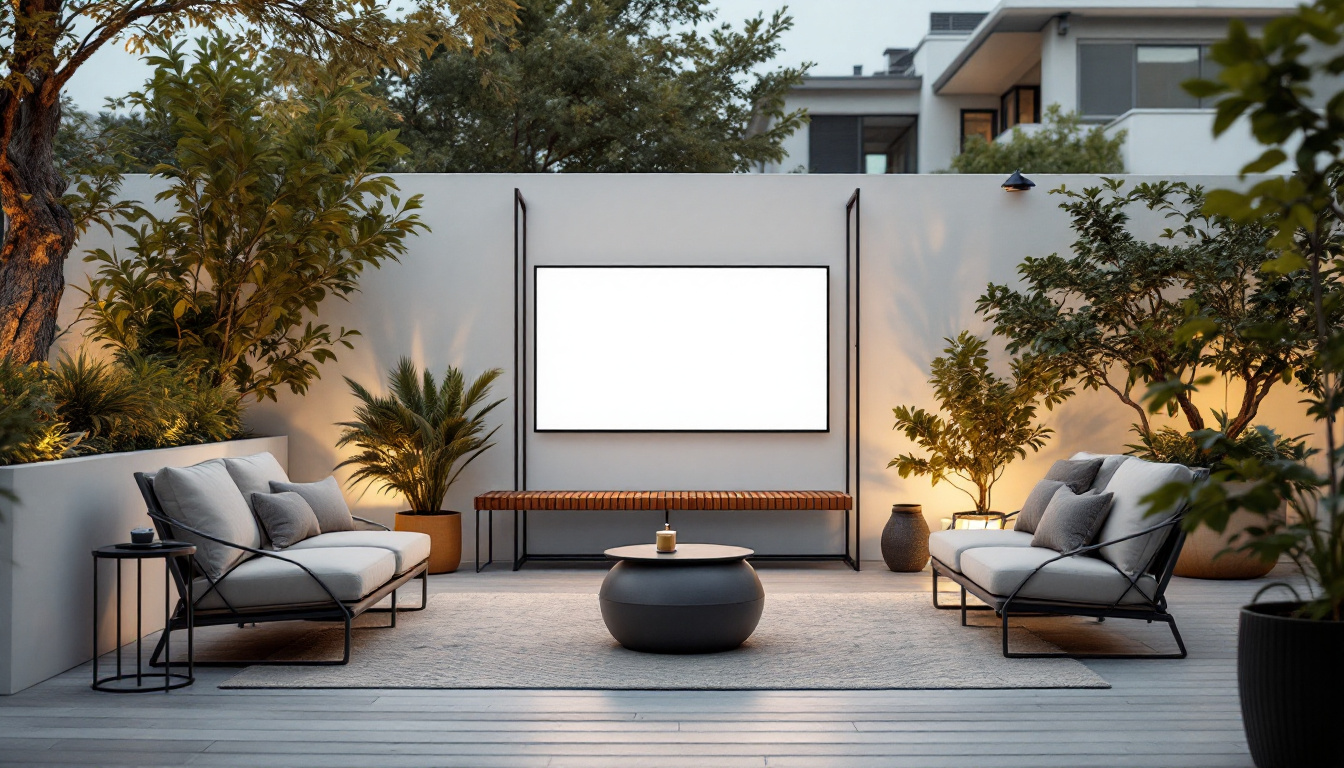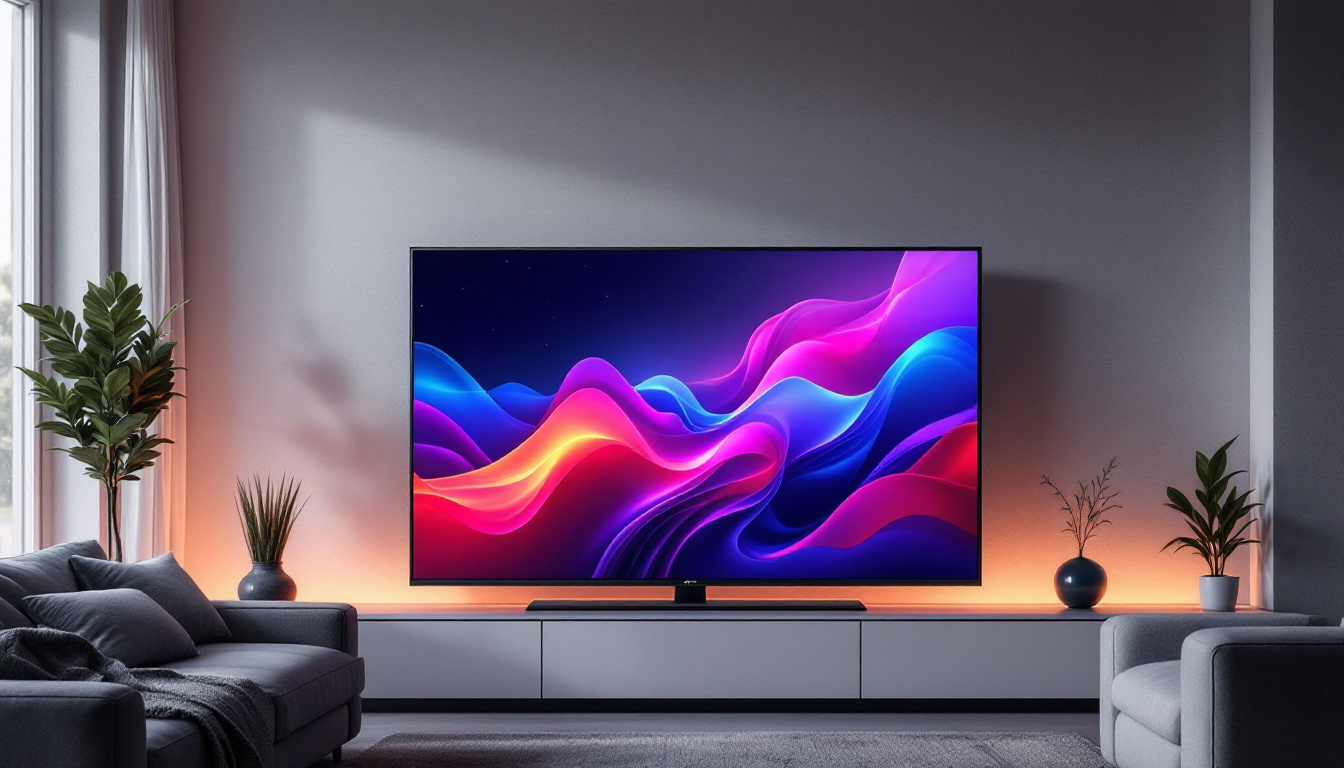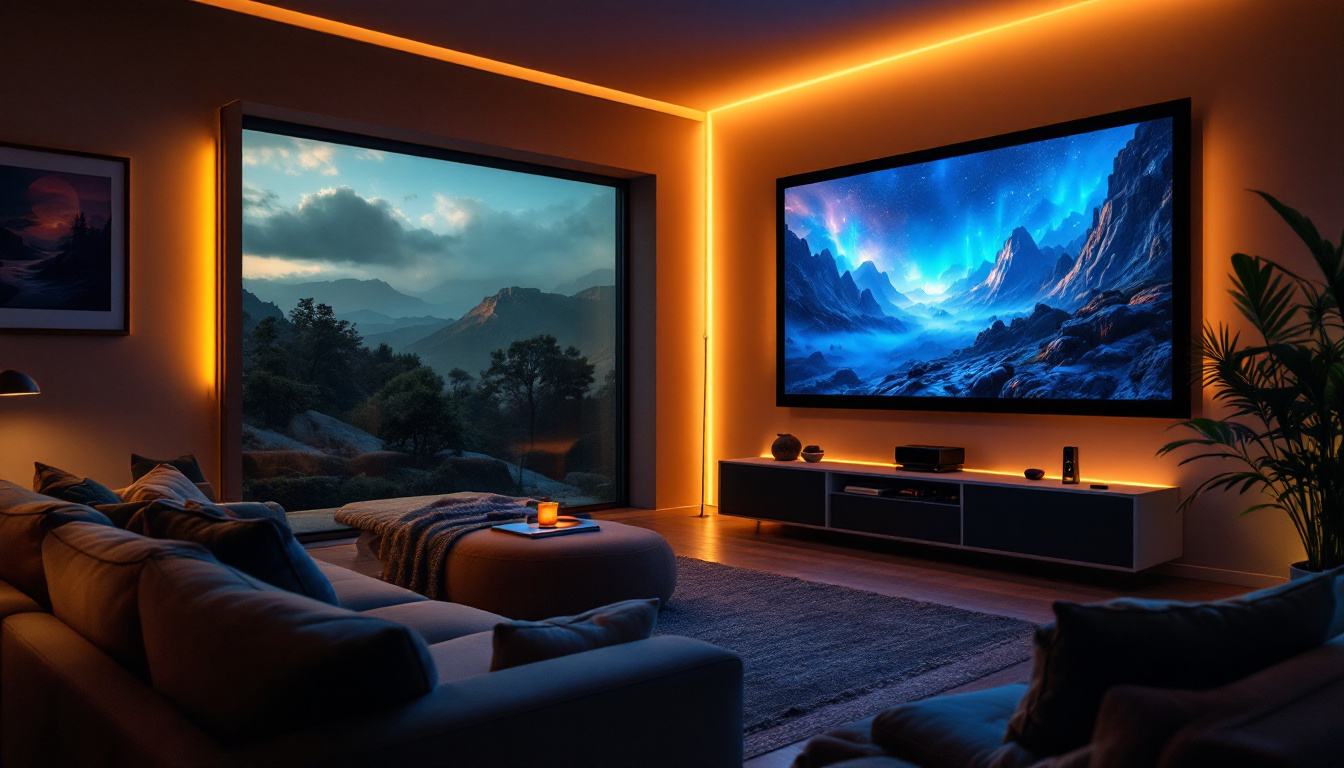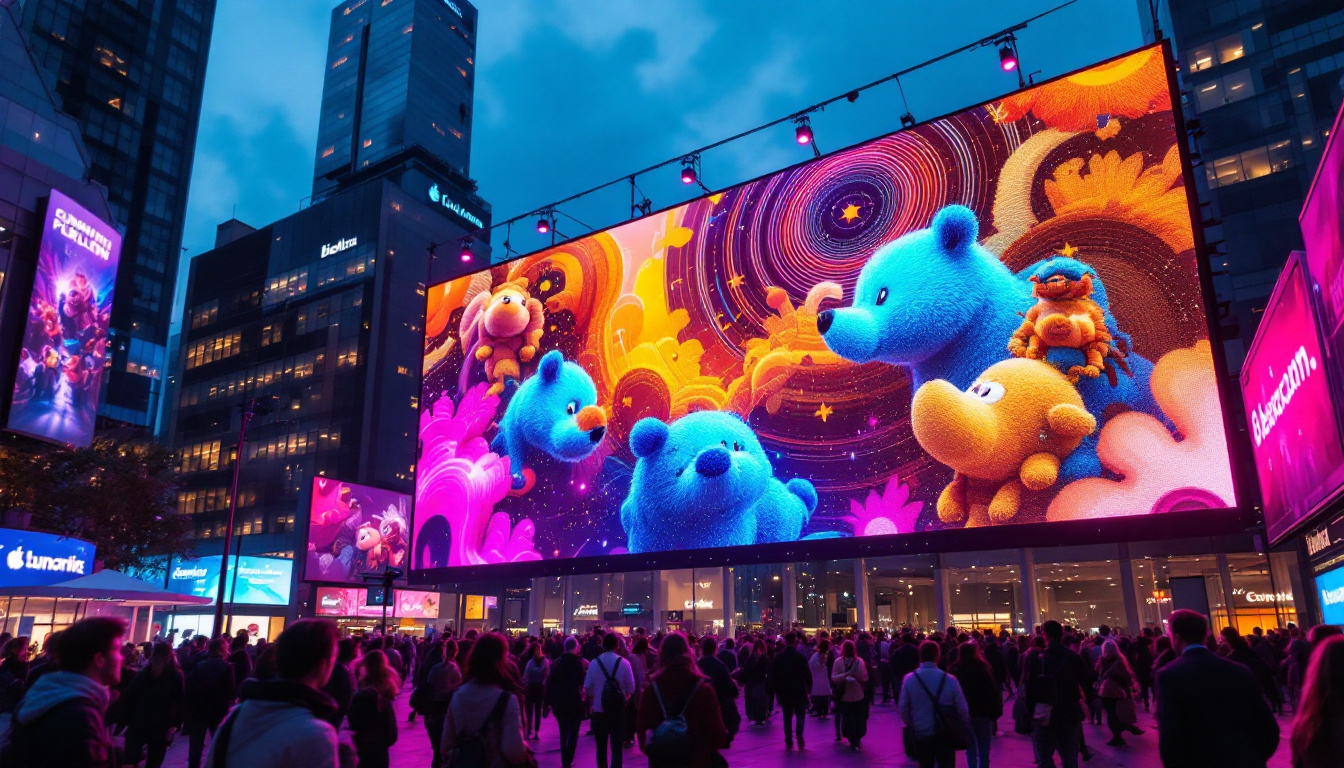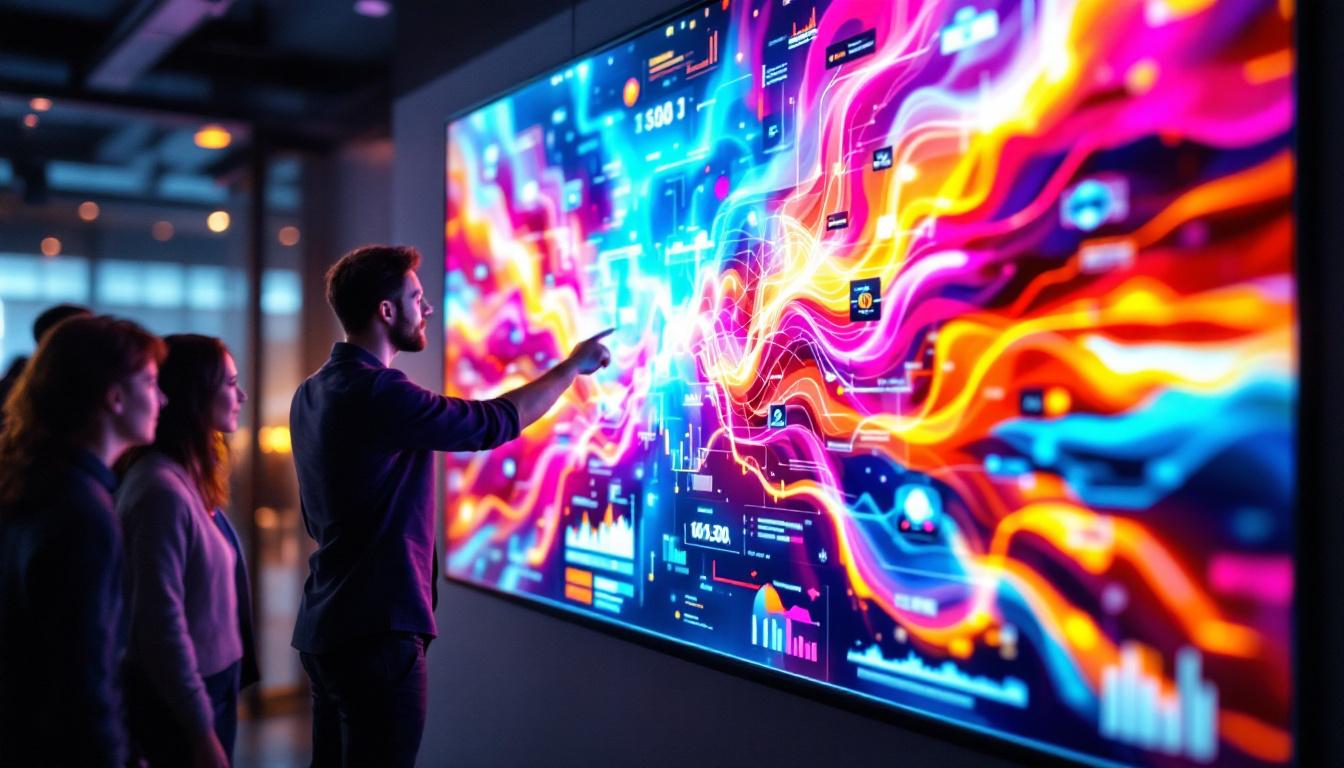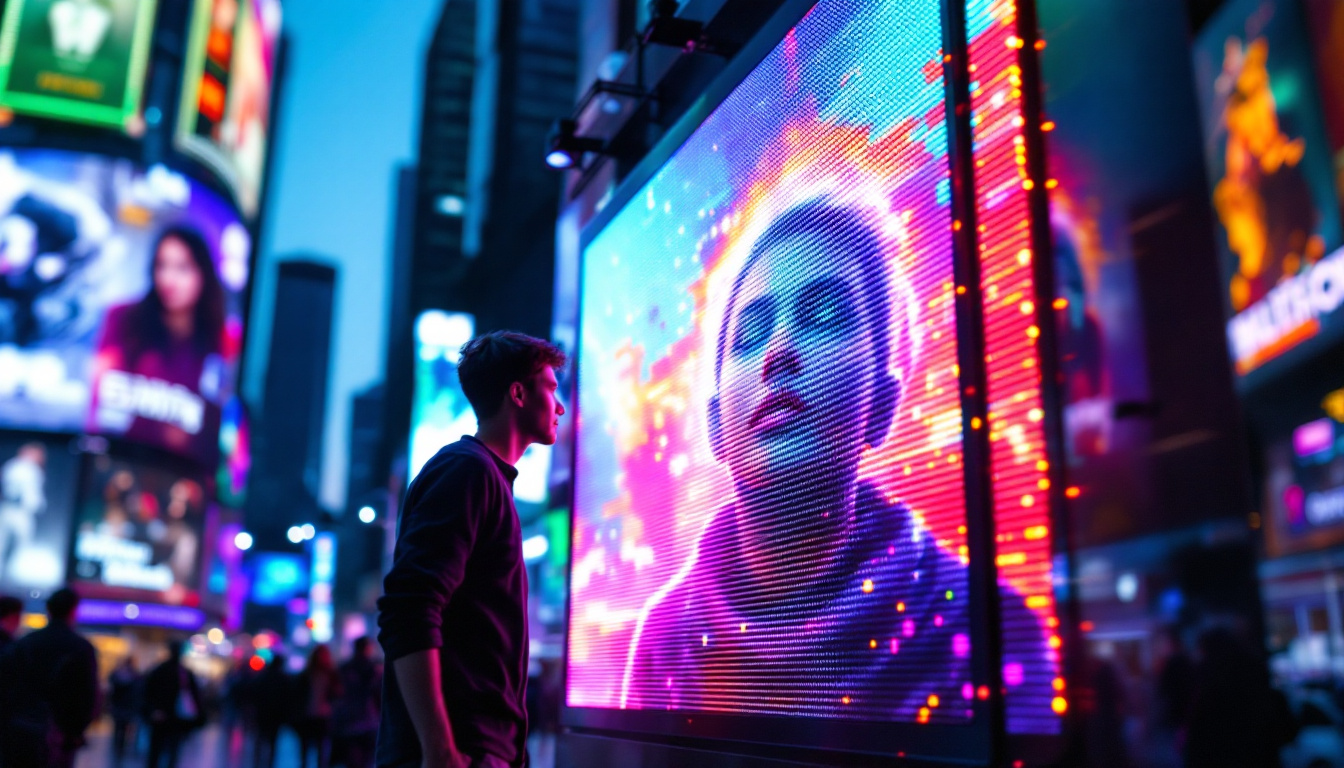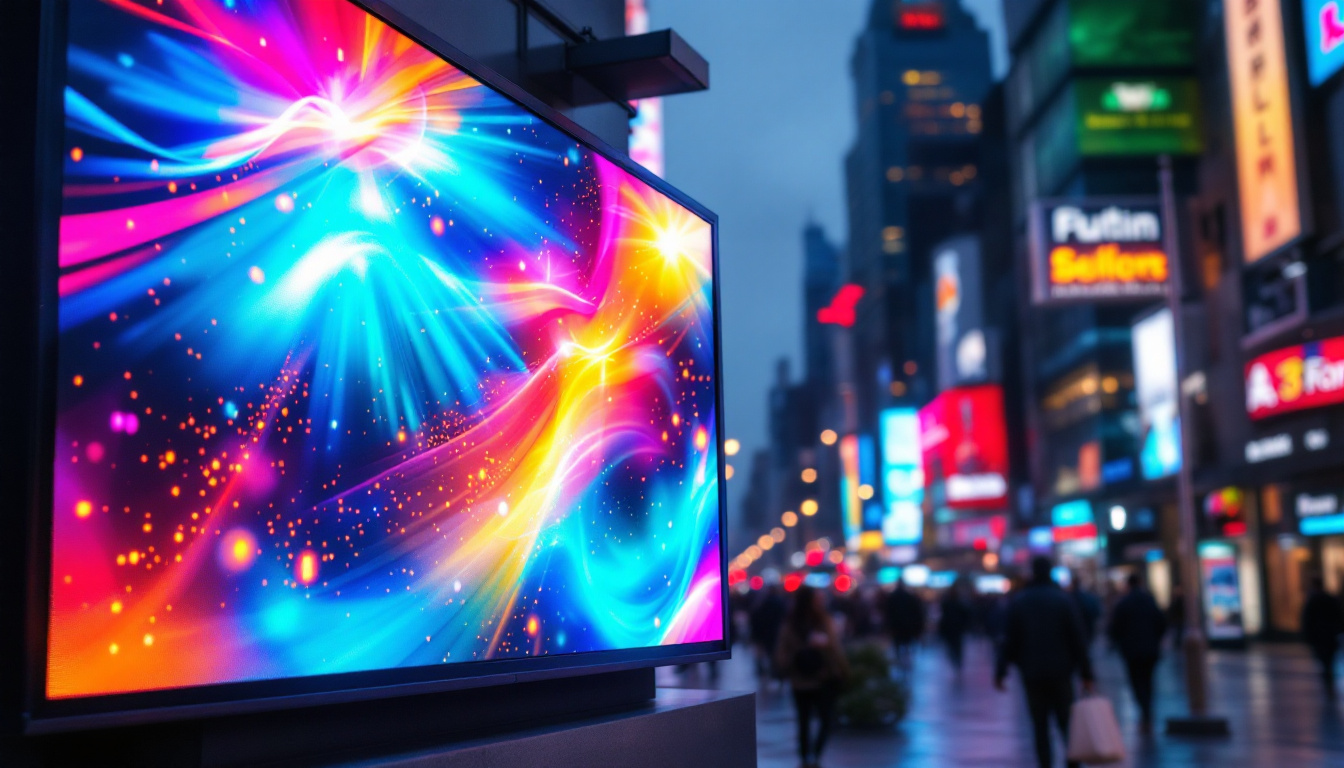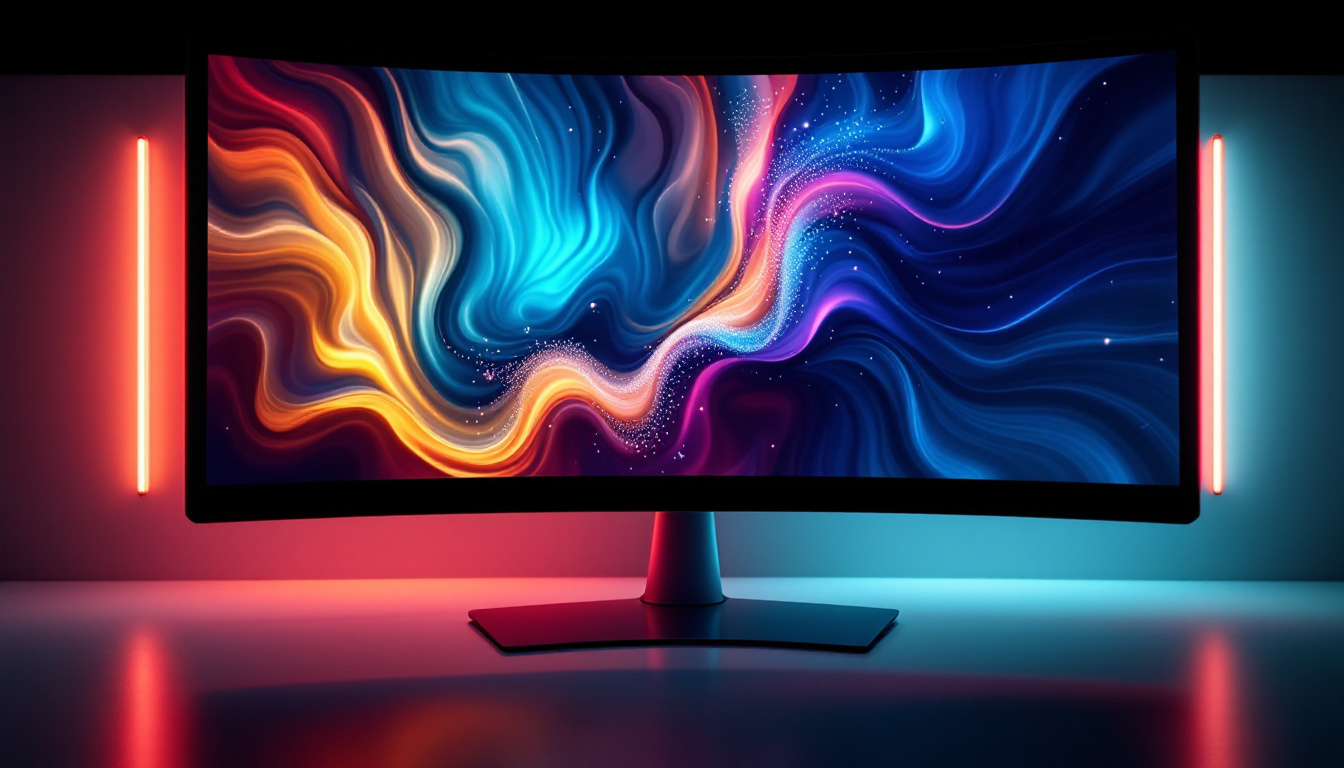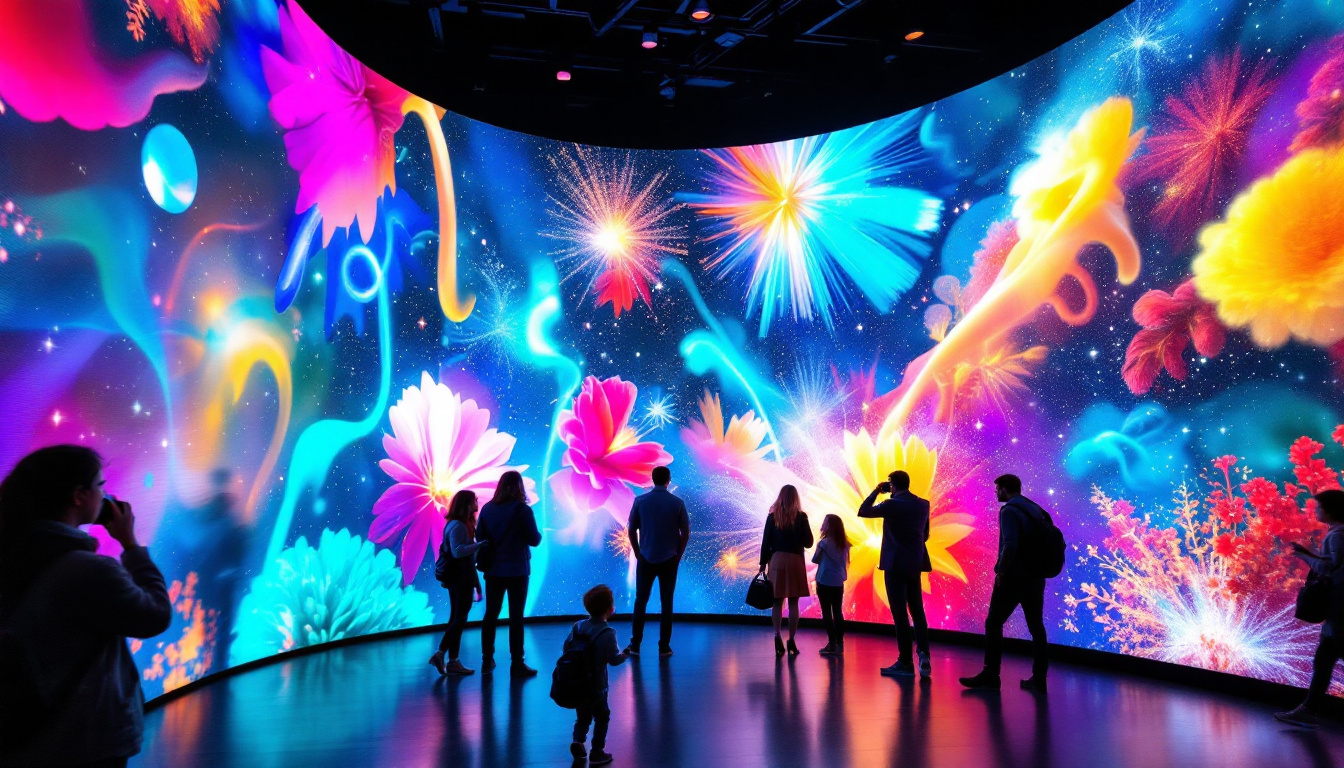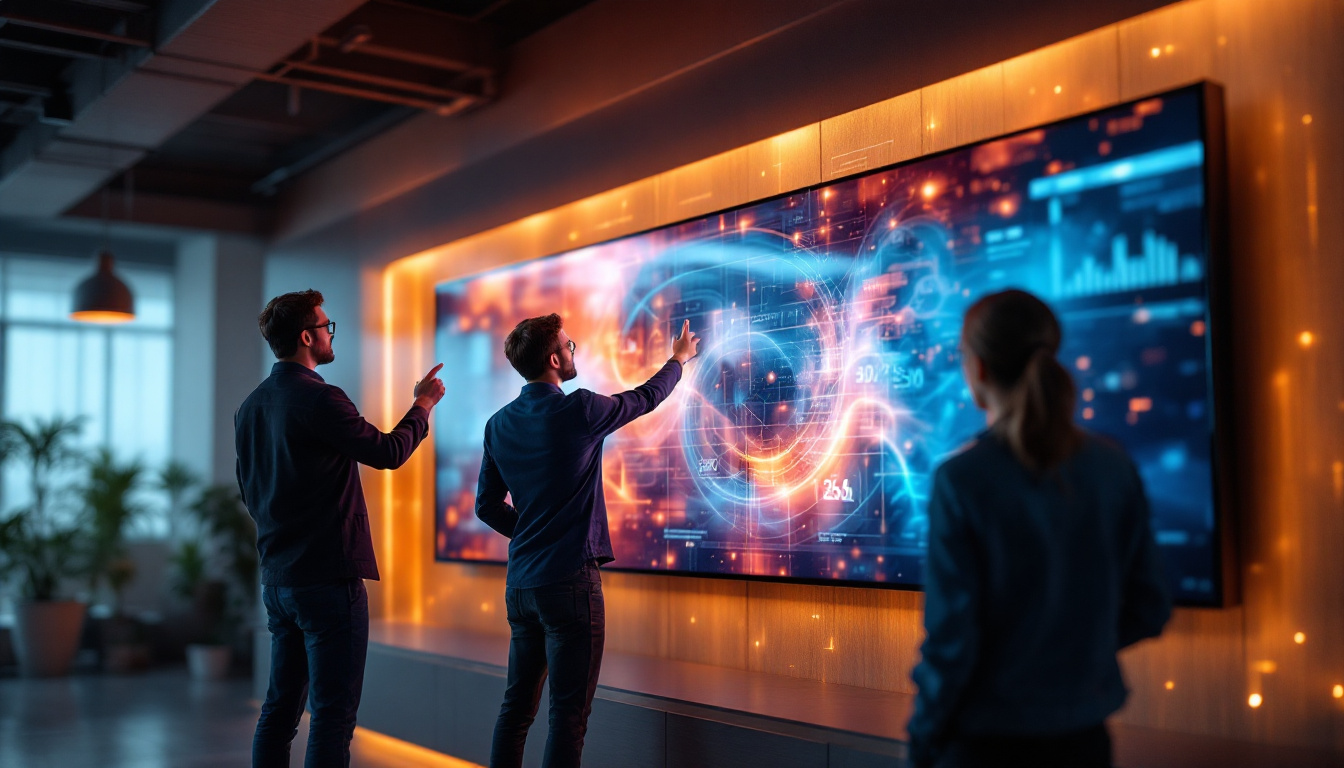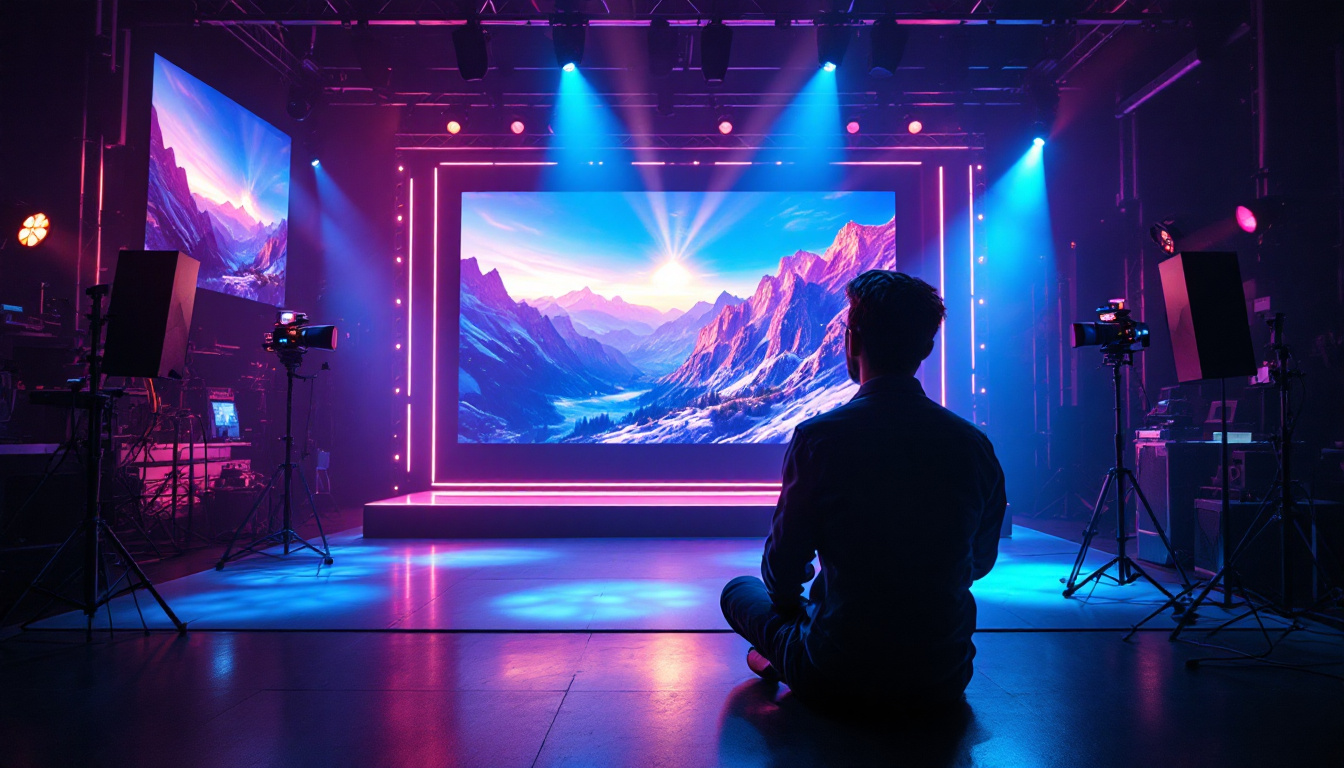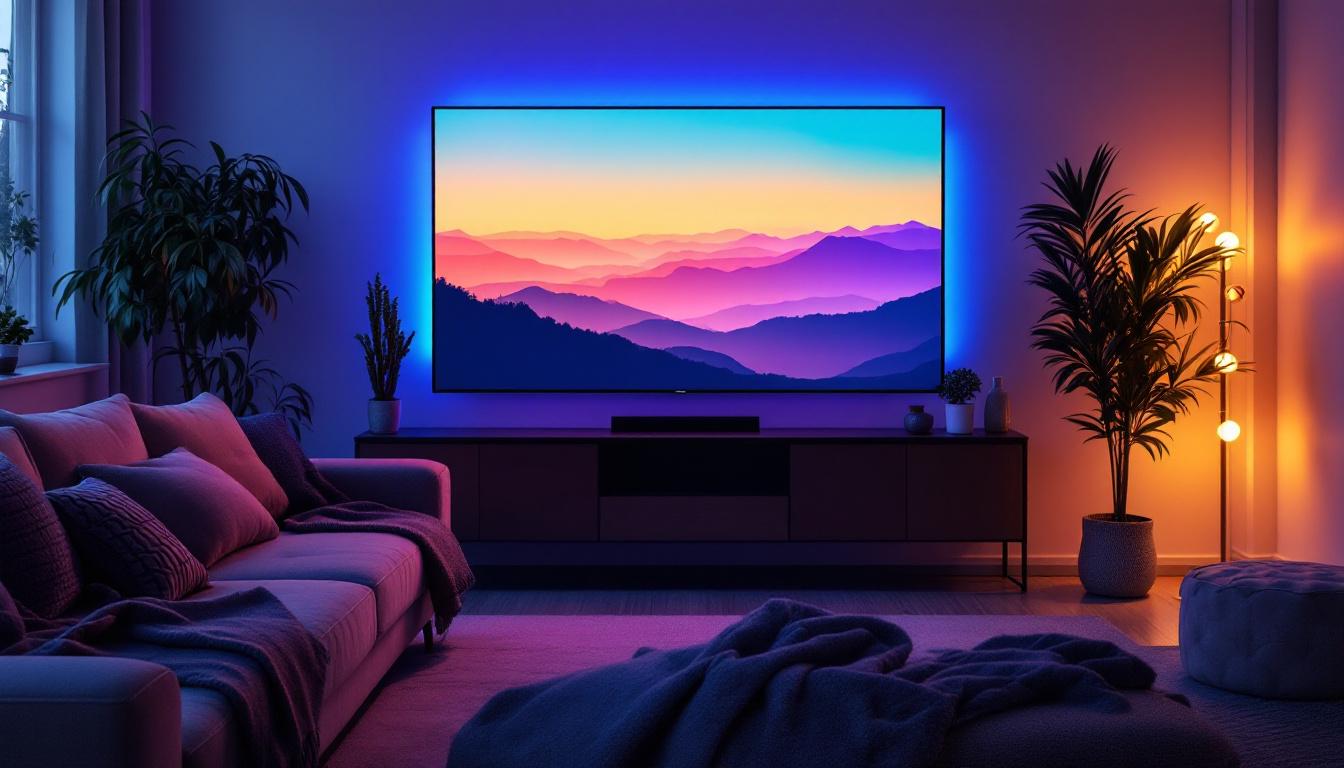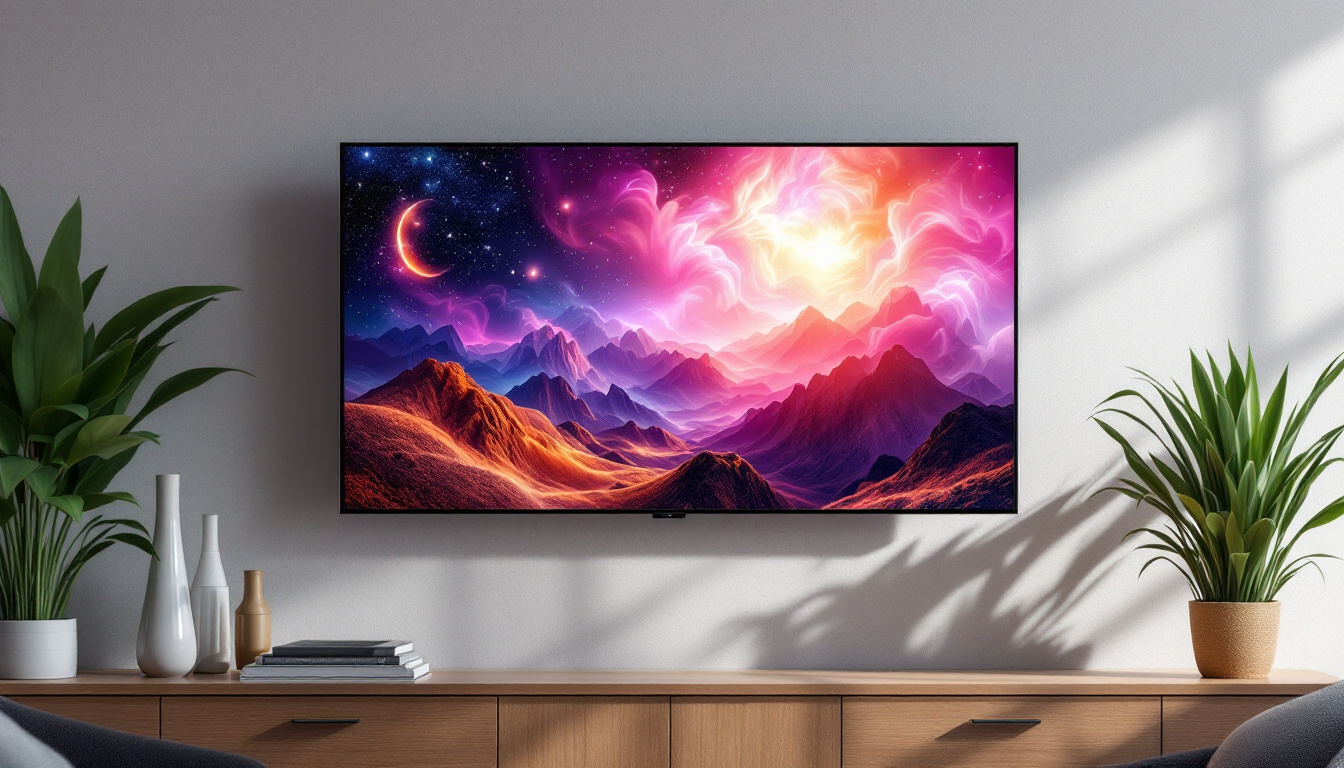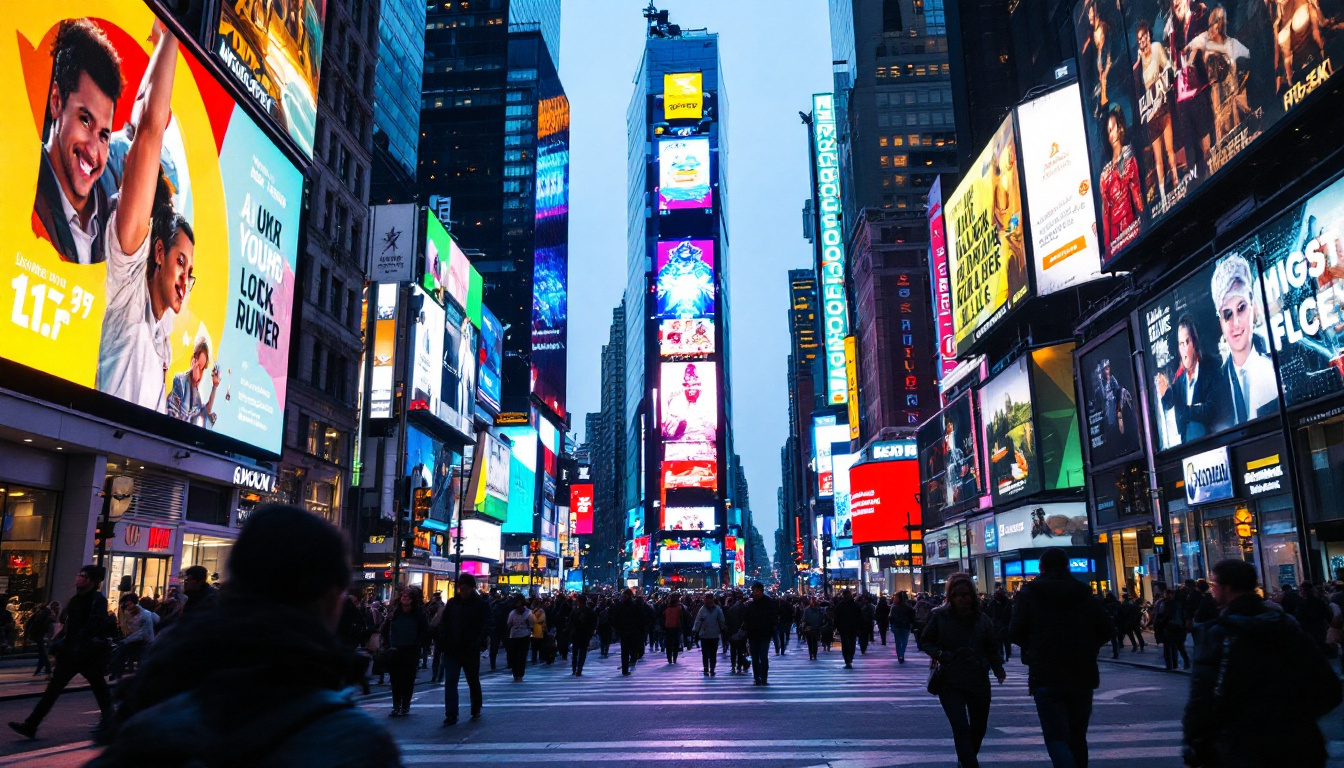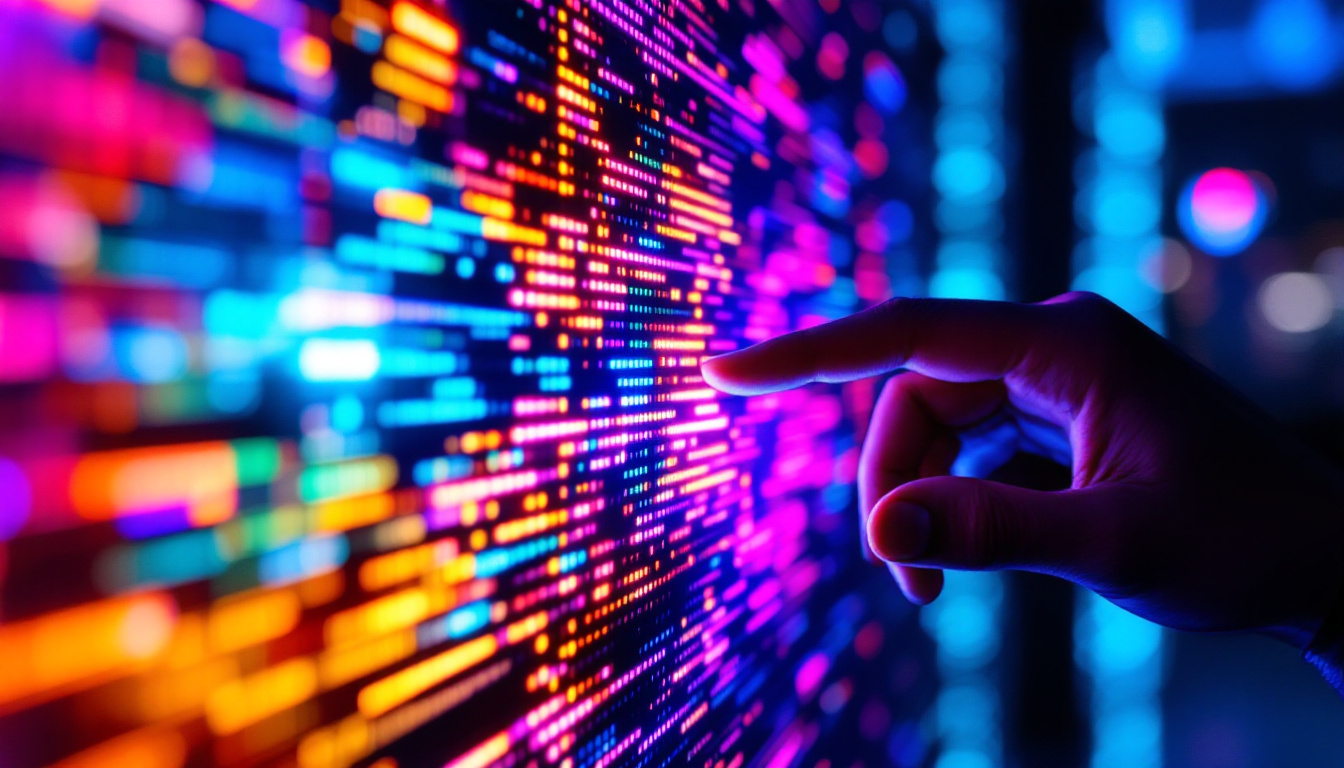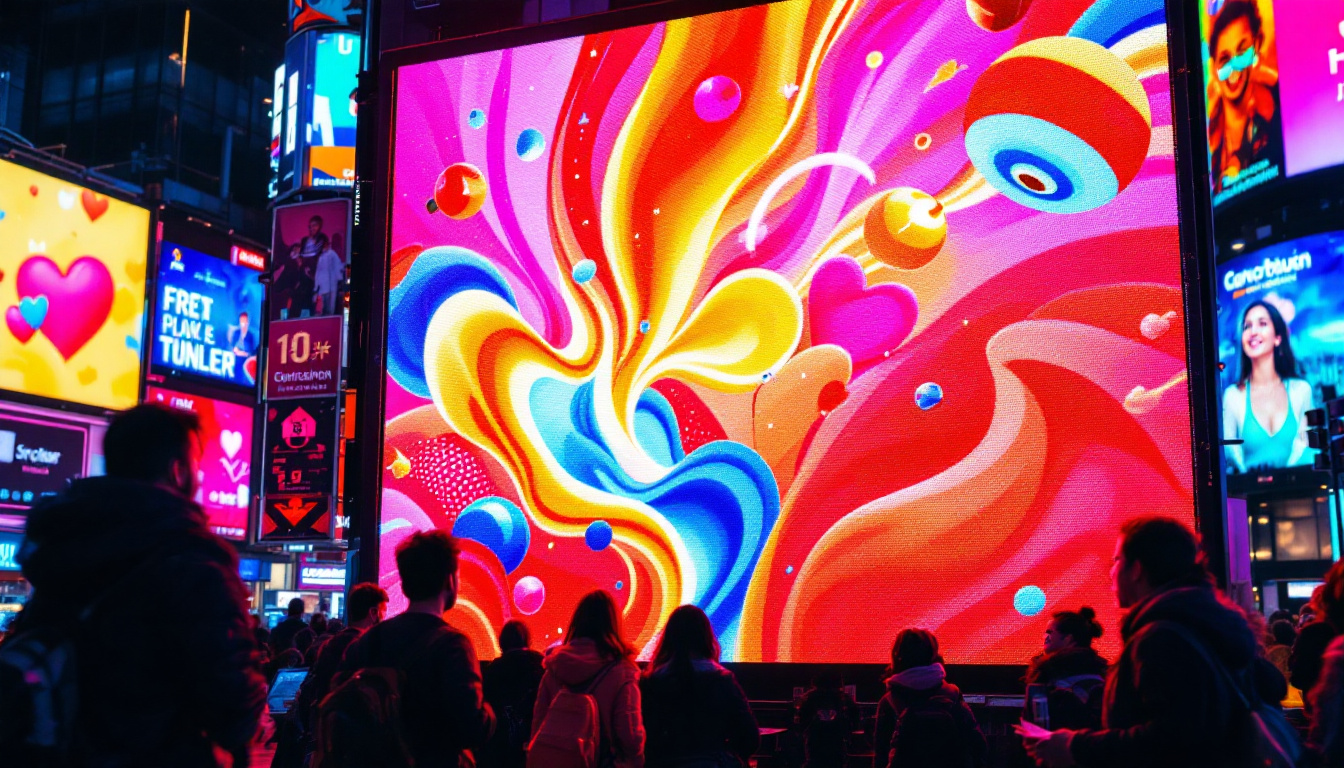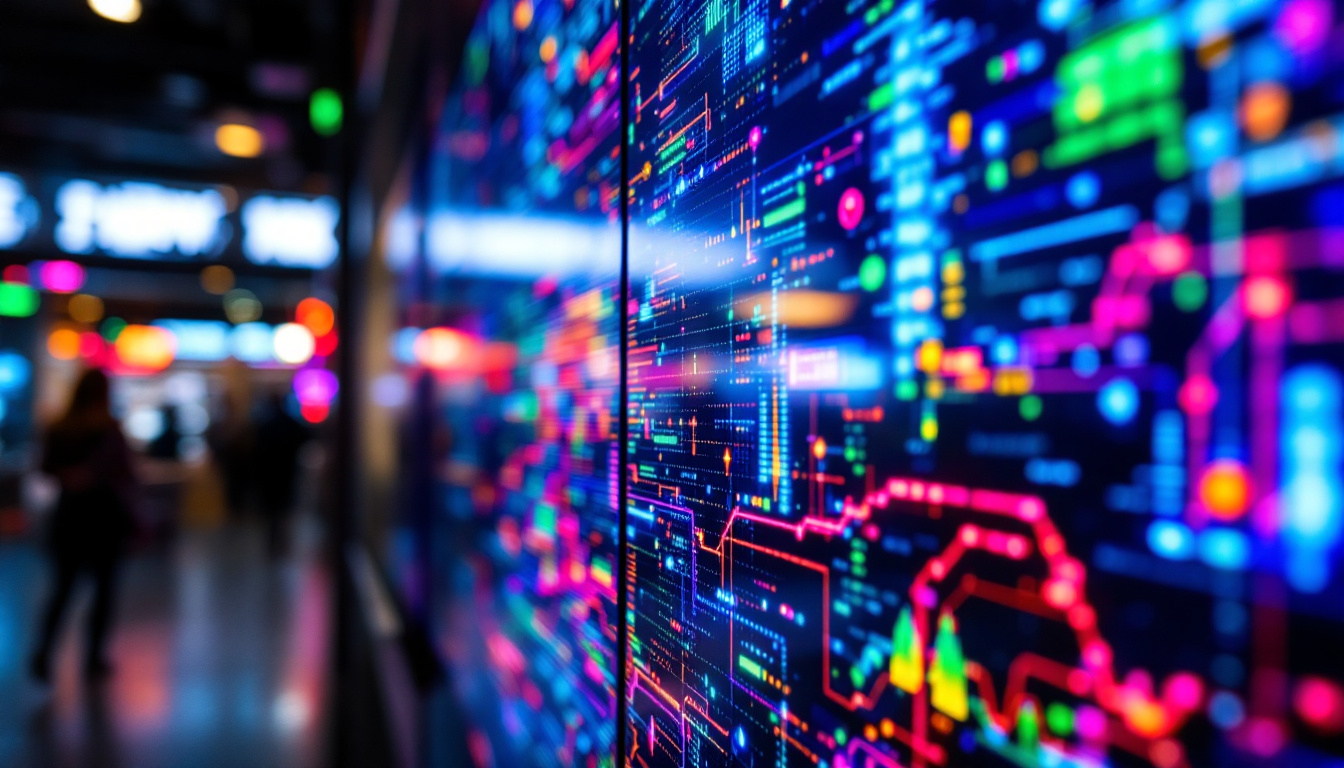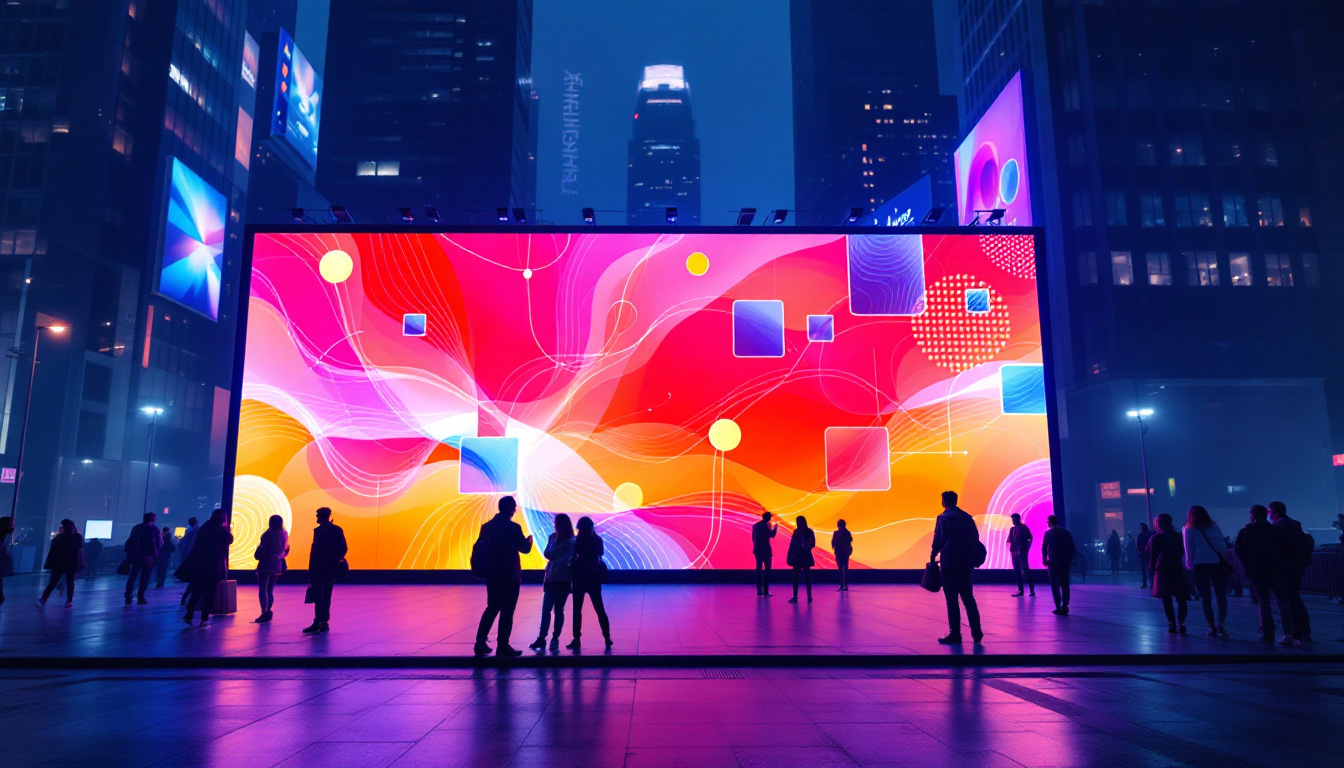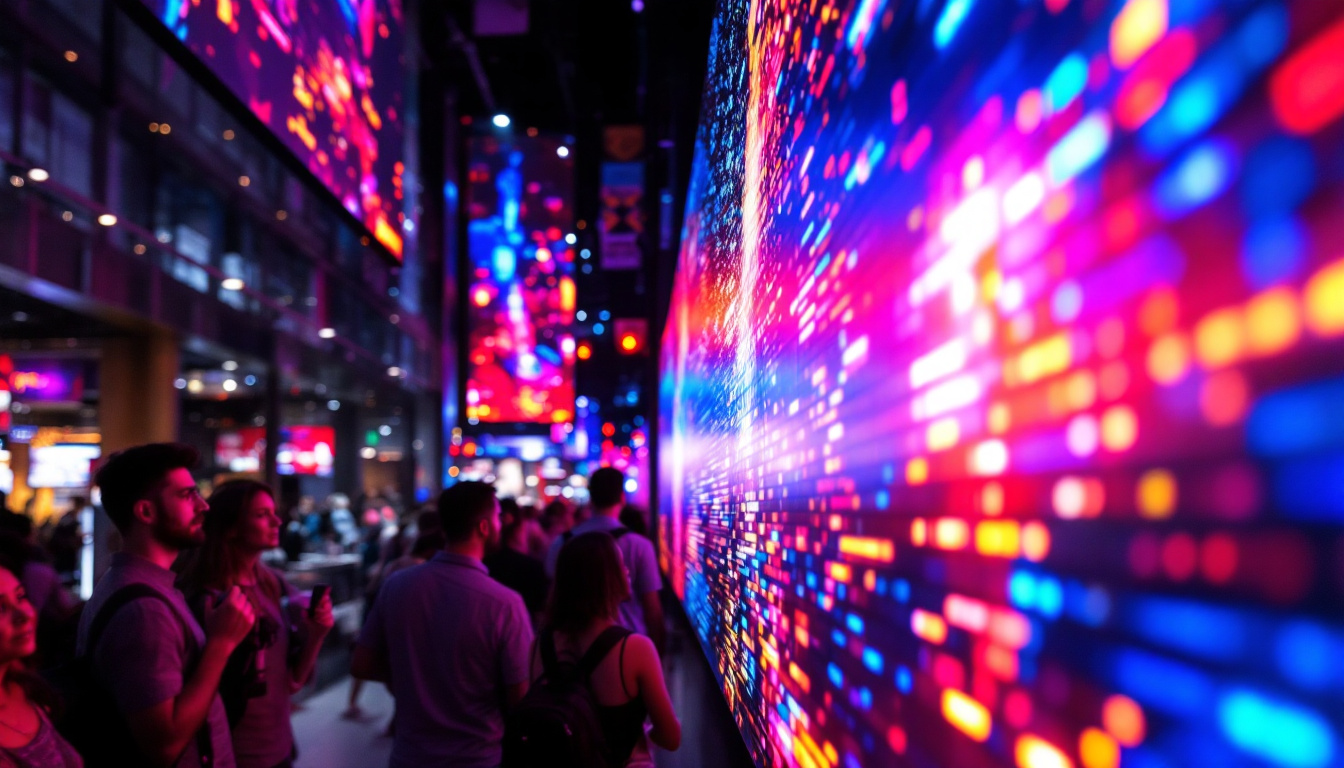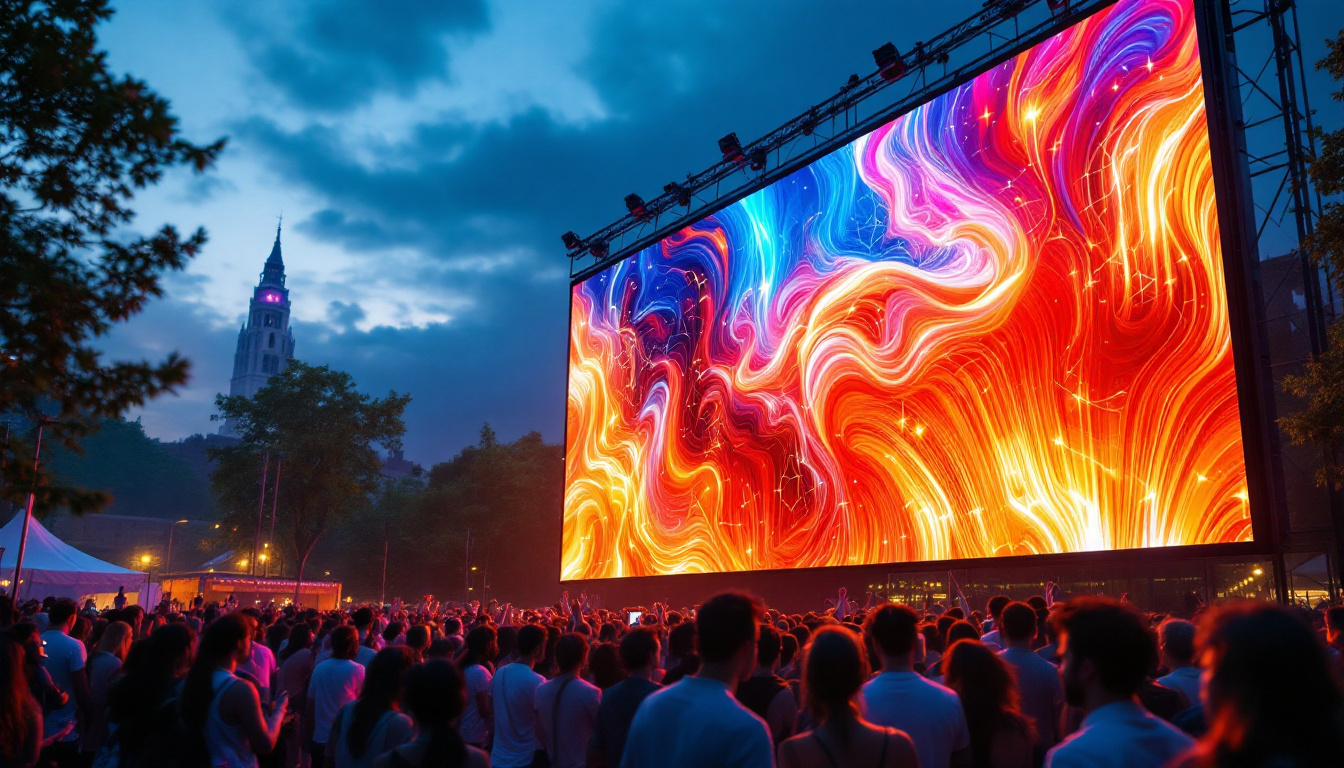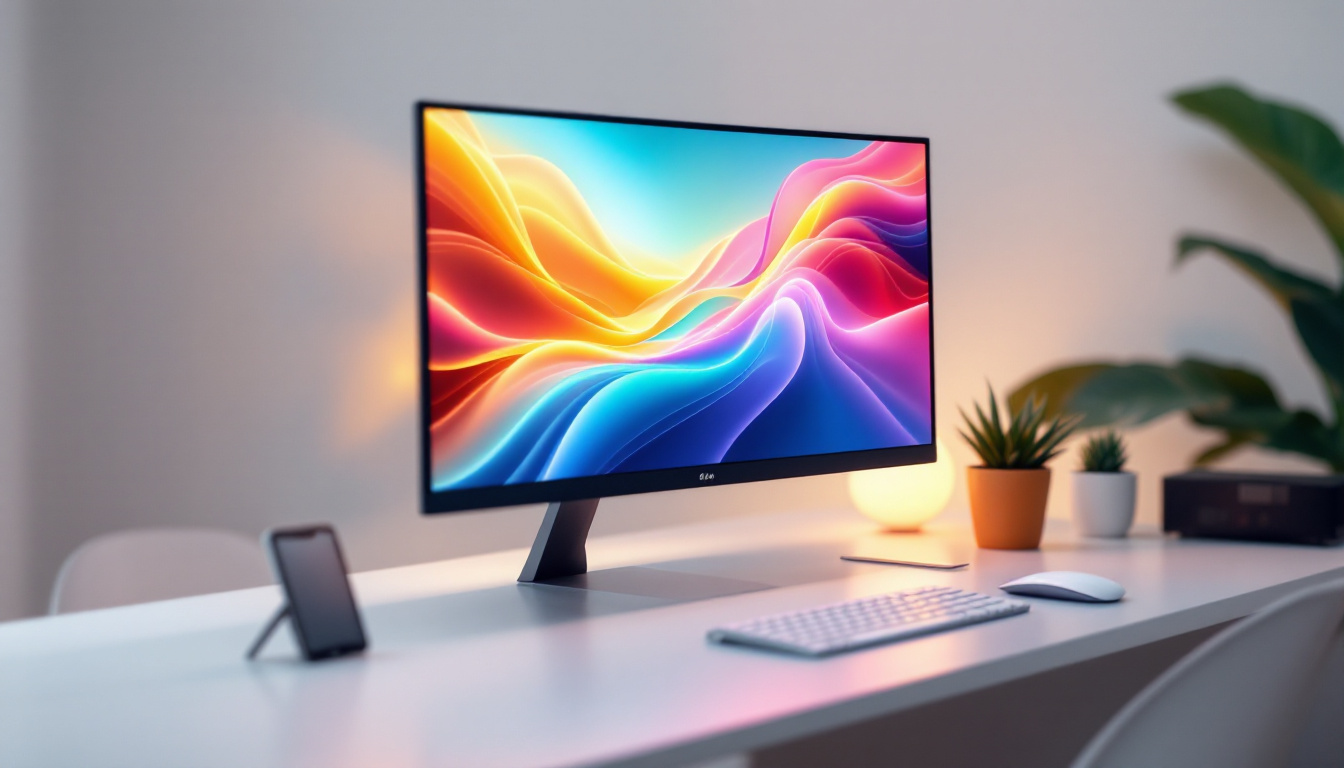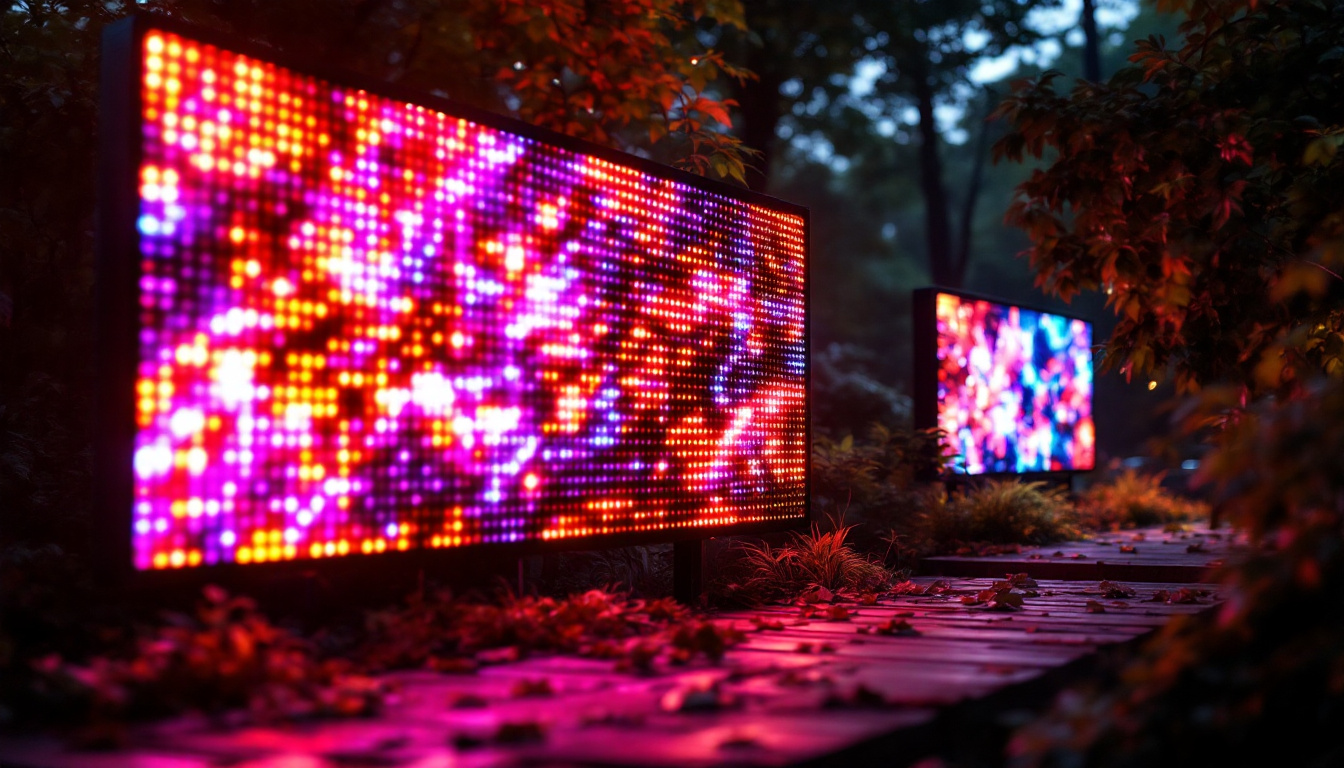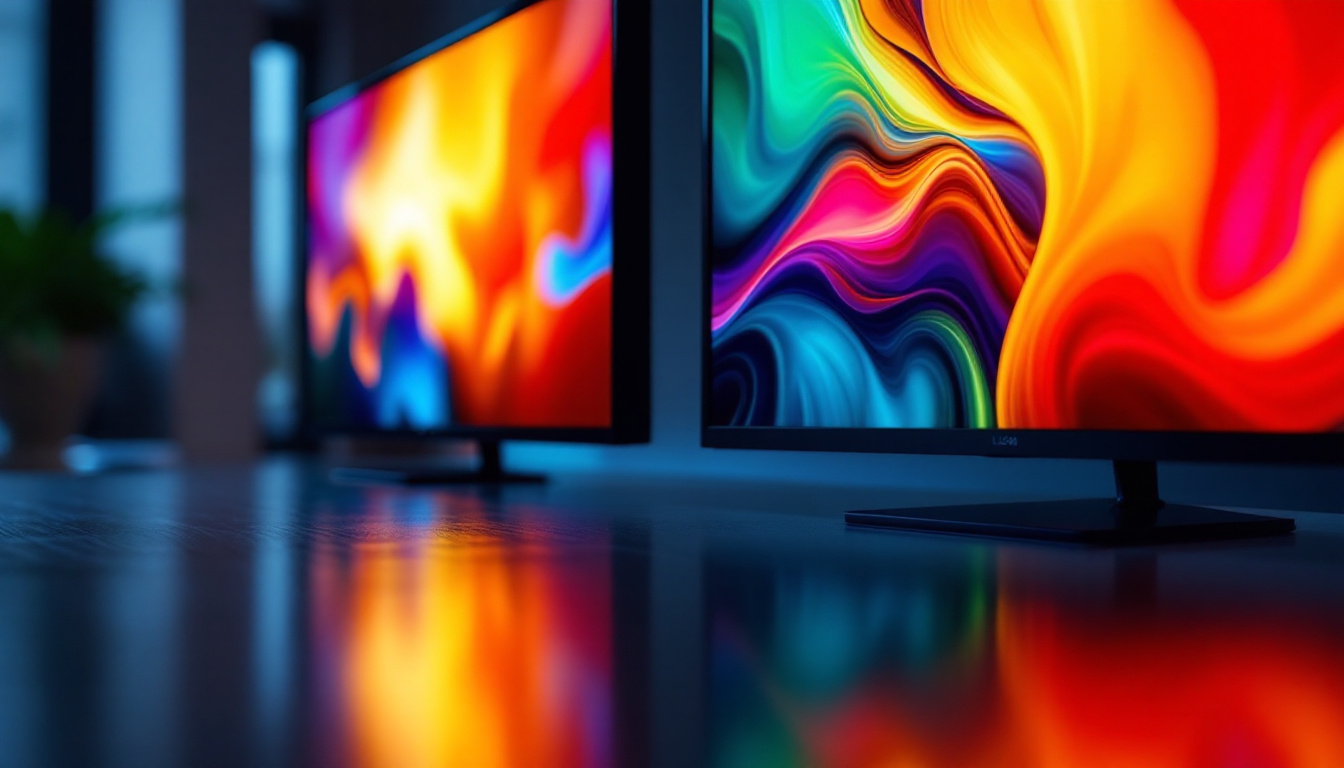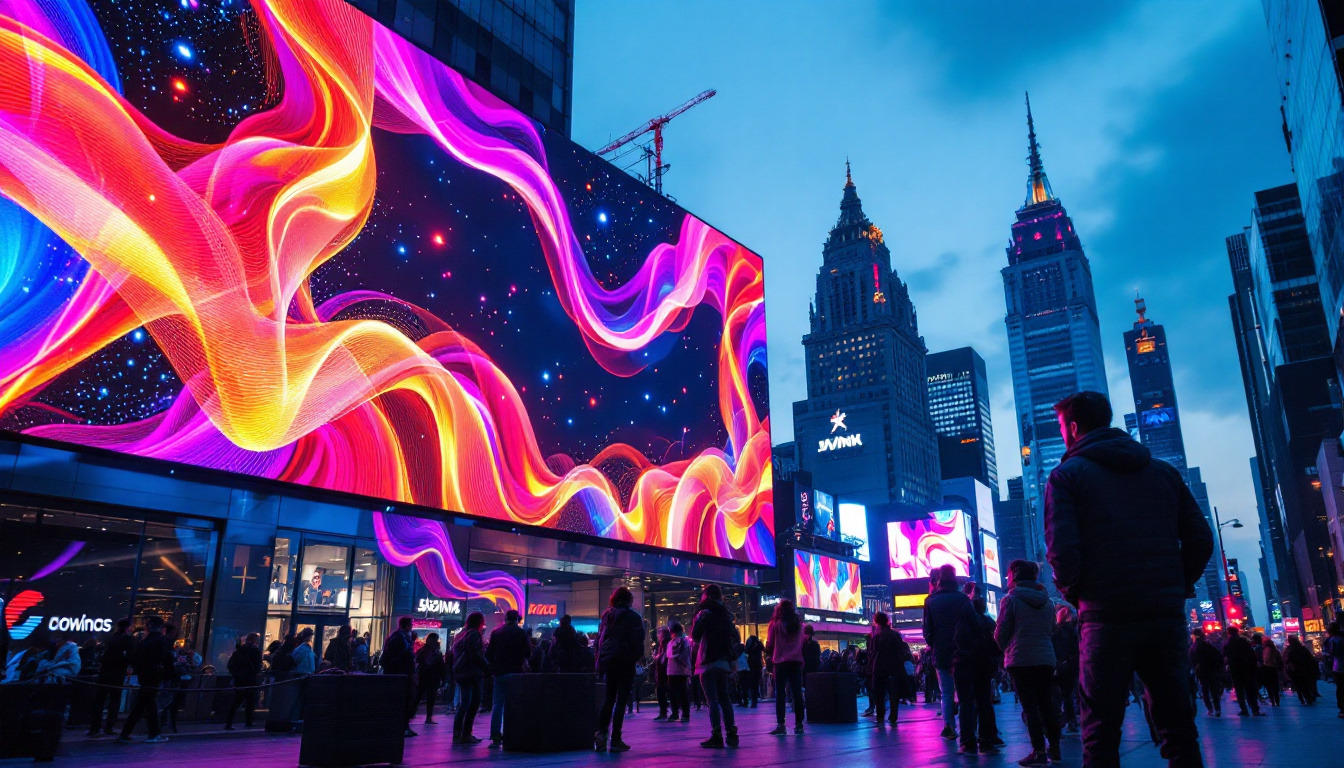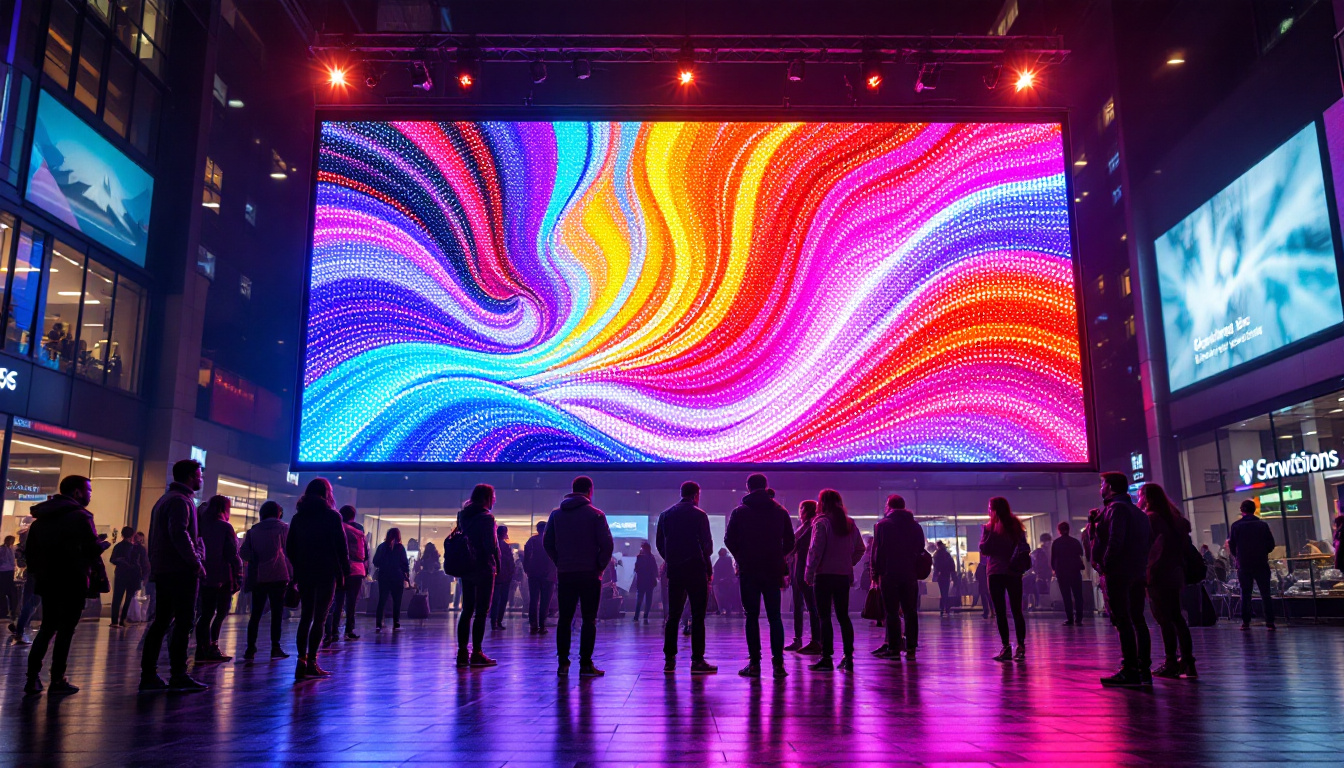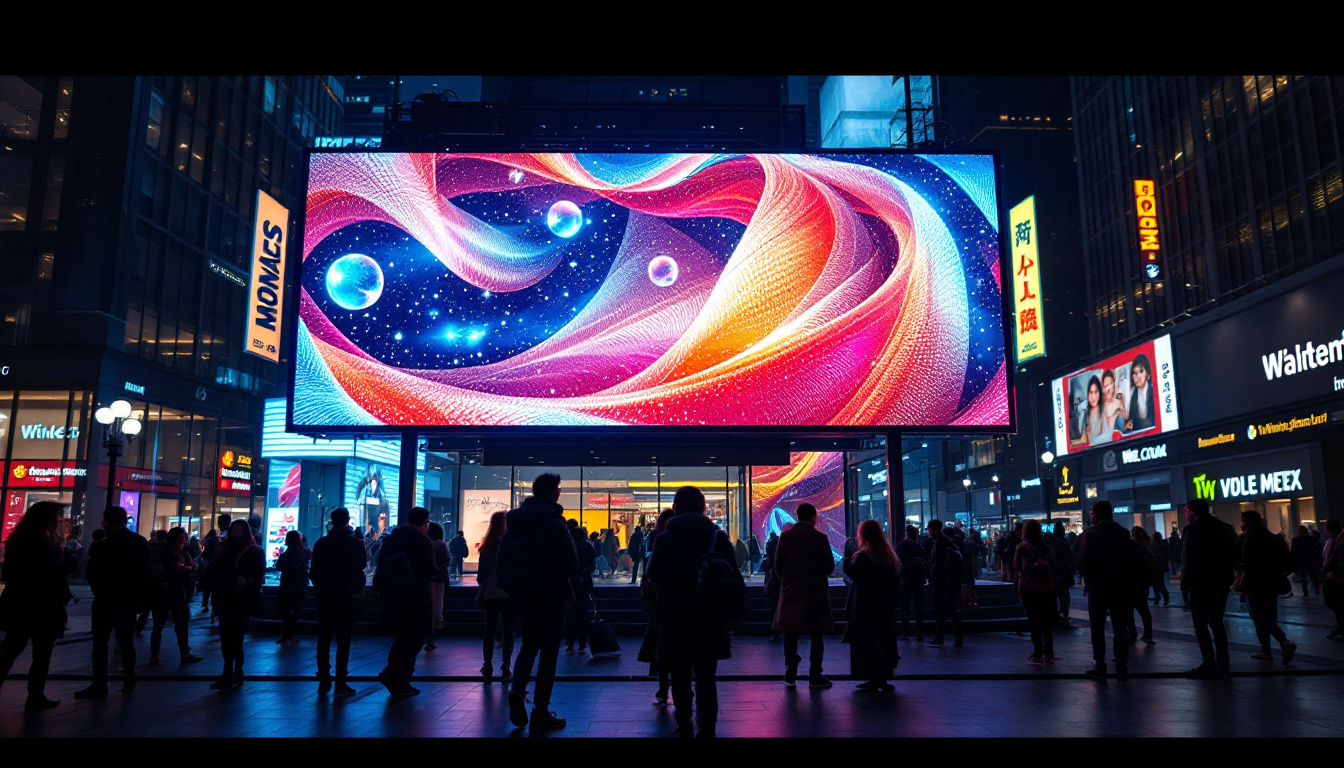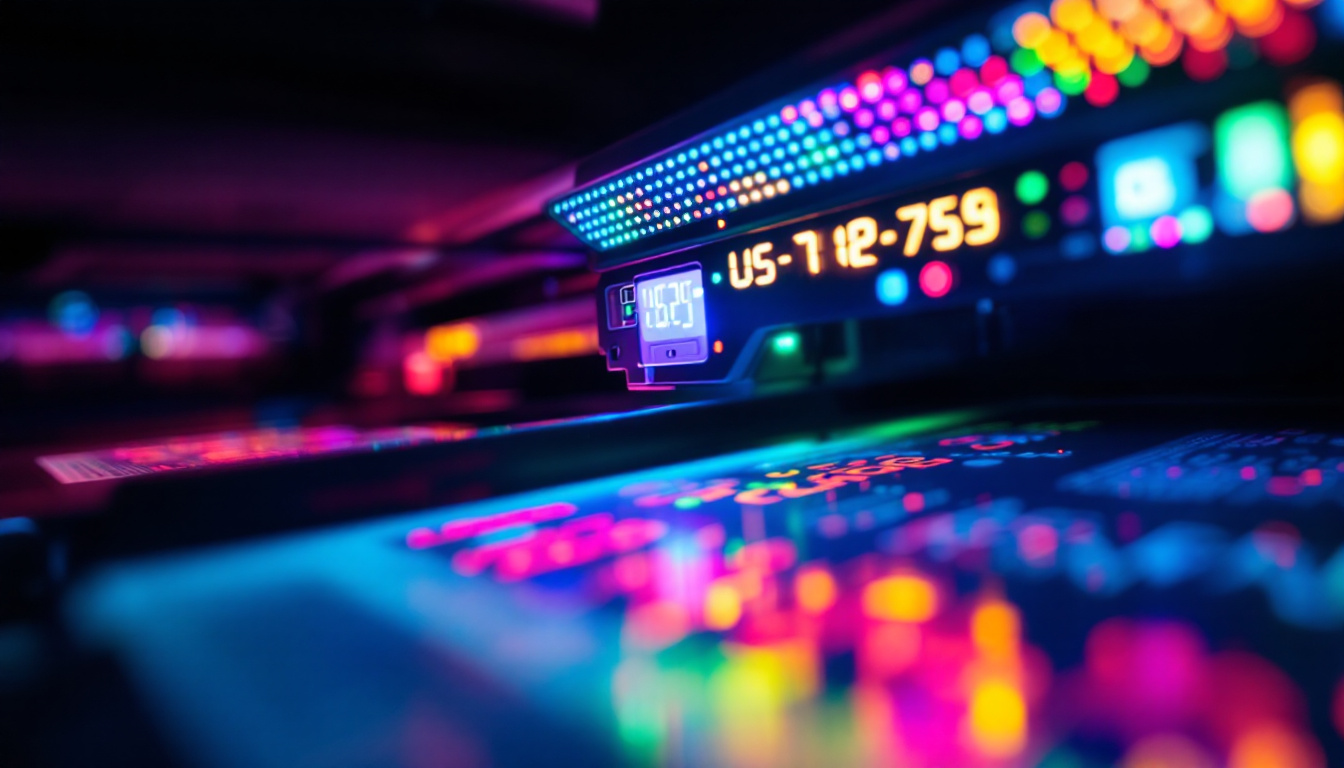In an era where outdoor spaces are increasingly being utilized for both leisure and work, the need for privacy has become paramount. One innovative solution that has emerged in this context is the use of LED displays as privacy screens. This article delves into the concept of privacy screens for outdoor settings, focusing on how LED technology can enhance privacy while also serving multifunctional purposes.
Understanding Privacy Screens
Privacy screens are designed to provide a barrier that protects individuals from prying eyes. In outdoor environments, where the boundaries between public and private spaces can often blur, these screens are essential for creating a sense of seclusion. They can be used in various settings, including patios, balconies, and gardens, ensuring that personal moments remain just that—personal.
The Importance of Privacy in Outdoor Spaces
Outdoor spaces have evolved from mere extensions of indoor living areas to fully functional environments where people can relax, entertain, and even work. As such, the need for privacy has grown. Whether it’s enjoying a quiet evening with family or hosting a gathering with friends, maintaining a sense of seclusion can significantly enhance the experience.
Moreover, privacy screens can protect individuals from unwanted attention, noise, and even harsh weather conditions. By providing a physical barrier, these screens can create a more comfortable atmosphere, allowing individuals to enjoy their outdoor spaces without feeling exposed. The psychological benefits of having a private area cannot be overstated; it fosters a sense of security and tranquility, encouraging people to unwind and fully engage with their surroundings. In urban settings, where space is often at a premium, these screens can transform a small balcony into a personal oasis, complete with plants, furniture, and decor that reflect one’s style.
Types of Privacy Screens
There are several types of privacy screens available on the market today. Traditional options include wooden or vinyl fences, fabric panels, and natural barriers like hedges. However, the introduction of LED technology has revolutionized how privacy can be achieved outdoors.
LED privacy screens not only serve the primary function of blocking visibility but can also be customized to display images, videos, or ambient lighting. This dual functionality makes them a versatile choice for modern outdoor spaces. Additionally, many contemporary designs incorporate eco-friendly materials and smart technology, allowing users to control lighting and visuals through mobile apps or voice commands. This innovation not only enhances privacy but also adds an element of personalization, enabling homeowners to create dynamic atmospheres that can change with the mood or occasion. Furthermore, some privacy screens are designed with integrated planters, allowing for a seamless blend of nature and technology, which can enhance the aesthetic appeal of any outdoor area while providing the much-needed seclusion.
LED Displays: A Modern Solution
LED displays have become increasingly popular due to their brightness, energy efficiency, and versatility. When integrated into outdoor privacy screens, they offer a unique combination of functionality and aesthetics. This section explores the benefits of using LED displays as privacy screens.
Enhanced Visibility and Aesthetics
One of the most significant advantages of LED displays is their ability to provide clear visibility, even in bright sunlight. Unlike traditional screens that may become difficult to see during the day, LED technology ensures that the content displayed is vibrant and easily viewable at all times.
Moreover, LED displays can be customized to suit the aesthetic preferences of the user. Whether it’s a serene nature scene, dynamic artwork, or even personal photographs, the ability to change the displayed content allows for a personalized touch that static privacy screens cannot offer. This customization is particularly appealing for events such as weddings or parties, where the visual theme can be tailored to match the occasion. The integration of LED displays into outdoor settings not only enhances the visual appeal but also creates a captivating atmosphere that engages guests and passersby alike.
Multifunctionality
LED privacy screens serve multiple purposes. They can act as a barrier for privacy while simultaneously functioning as an information display. For instance, in commercial settings, businesses can use these screens to showcase advertisements, promotions, or important announcements while maintaining a degree of privacy for their outdoor dining or seating areas.
Furthermore, these screens can be programmed to display ambient lighting effects, creating a cozy atmosphere for evening gatherings. The versatility of LED displays means they can adapt to various needs and occasions, making them a practical investment for both residential and commercial properties. In addition to their aesthetic and functional benefits, LED displays can also be integrated with smart technology, allowing users to control the content remotely via smartphones or tablets. This feature is especially useful for businesses that need to update their displays in real-time, ensuring that the information presented is always current and relevant. The combination of adaptability and technology makes LED privacy screens not just a visual asset but a dynamic tool for communication and engagement.
Installation Considerations
Installing an LED privacy screen requires careful planning and consideration. Factors such as location, size, and power supply must be taken into account to ensure optimal performance and functionality. Understanding these considerations can help users make informed decisions when integrating LED displays into their outdoor spaces.
Location and Orientation
The location of the LED privacy screen is crucial. It should be positioned to maximize privacy while also considering the angle of sunlight to ensure that the display remains visible throughout the day. Additionally, the orientation of the screen can impact how well it blocks unwanted views from neighboring properties or public spaces.
Choosing the right location also involves assessing the surrounding environment. Factors such as wind, rain, and other weather conditions can affect the durability and functionality of the screen. Therefore, selecting a sheltered area may enhance the longevity of the installation. Furthermore, it’s important to consider the proximity to power sources and existing structures, as this can influence both the installation process and the overall effectiveness of the screen in providing privacy.
Size and Design
Determining the appropriate size for the LED privacy screen is essential. It should be tall enough to provide adequate coverage while still fitting harmoniously within the existing outdoor design. Customization options allow users to select the dimensions that best suit their needs and preferences.
Design plays a significant role in how the screen integrates with the overall outdoor aesthetic. From sleek modern designs to more traditional styles, the choice of materials and finishes can enhance the visual appeal of the space. Additionally, users may want to consider incorporating features such as decorative frames or integrated lighting to further elevate the design. These elements not only contribute to the screen’s functionality but also enhance the ambiance of the outdoor area, making it more inviting and enjoyable for gatherings or relaxation.
Power Supply and Connectivity
LED displays require a reliable power source to function effectively. Depending on the location, users may need to consider hardwiring the screen or using solar panels as a sustainable alternative. Ensuring that the power supply is adequately planned will prevent disruptions and maintain the screen’s functionality.
Additionally, connectivity options should be evaluated. Many modern LED displays come with wireless capabilities, allowing users to control the content displayed remotely. This feature can enhance user experience, enabling easy updates and changes to the displayed material. Moreover, integrating smart technology can allow for automated adjustments based on environmental conditions, such as brightness levels or time of day, ensuring that the screen operates efficiently and effectively at all times. This level of connectivity not only adds convenience but also opens up possibilities for creative content display, making the screen a dynamic feature of the outdoor space.
Maintenance and Care
Like any outdoor installation, LED privacy screens require regular maintenance to ensure they remain in optimal condition. Understanding the necessary care can prolong the lifespan of the display and maintain its functionality.
Cleaning and Upkeep
Cleaning the LED screen is essential to ensure clear visibility. Dust, dirt, and debris can accumulate on the surface, affecting the quality of the display. Regular cleaning with appropriate materials will help maintain the screen’s clarity and brightness.
It is also important to inspect the screen for any signs of wear or damage. Addressing issues promptly can prevent further complications and ensure that the screen continues to function effectively.
Software Updates
For LED displays that feature smart technology, regular software updates may be necessary to ensure optimal performance. Keeping the software up to date can enhance functionality and security, providing users with the best experience possible.
Environmental Impact
As outdoor spaces become more integrated with technology, the environmental impact of these installations must be considered. LED displays are generally more energy-efficient than traditional lighting options, but their overall impact depends on various factors.
Energy Efficiency
LED technology is known for its energy efficiency. Compared to incandescent or fluorescent lighting, LED displays consume significantly less electricity, making them a more sustainable choice for outdoor installations. This efficiency not only reduces energy costs but also minimizes the carbon footprint associated with outdoor lighting.
Recyclability and Longevity
Another aspect of sustainability is the recyclability of LED components. Many LED displays are designed with recyclable materials, reducing waste and promoting a more sustainable lifecycle. Additionally, the longevity of LED technology means that these displays can last for many years, further reducing the need for frequent replacements.
Conclusion
In conclusion, LED displays as privacy screens for outdoor spaces offer a modern solution to the growing need for privacy while enhancing the overall aesthetic and functionality of these areas. With their ability to provide clear visibility, multifunctionality, and customizable designs, LED privacy screens are becoming an increasingly popular choice for both residential and commercial settings.
As outdoor spaces continue to evolve, integrating technology such as LED displays will play a crucial role in creating comfortable, private environments that cater to the diverse needs of users. By considering factors such as installation, maintenance, and environmental impact, individuals and businesses can make informed decisions that enhance their outdoor experiences.
Ultimately, the future of outdoor privacy solutions lies in the innovative use of technology, and LED displays are at the forefront of this transformation.
Discover LumenMatrix LED Privacy Screens
Ready to redefine your outdoor spaces with cutting-edge privacy and visual appeal? Look no further than LumenMatrix, a pioneer in LED display technology. Our extensive range of LED display solutions, from vibrant outdoor walls to customizable privacy screens, is designed to cater to your unique needs. Whether you’re looking to create a personal oasis or enhance your commercial venue, LumenMatrix’s LED displays offer the perfect blend of privacy, functionality, and style. Check out LumenMatrix LED Display Solutions today and transform your outdoor environment into an engaging, private retreat.

